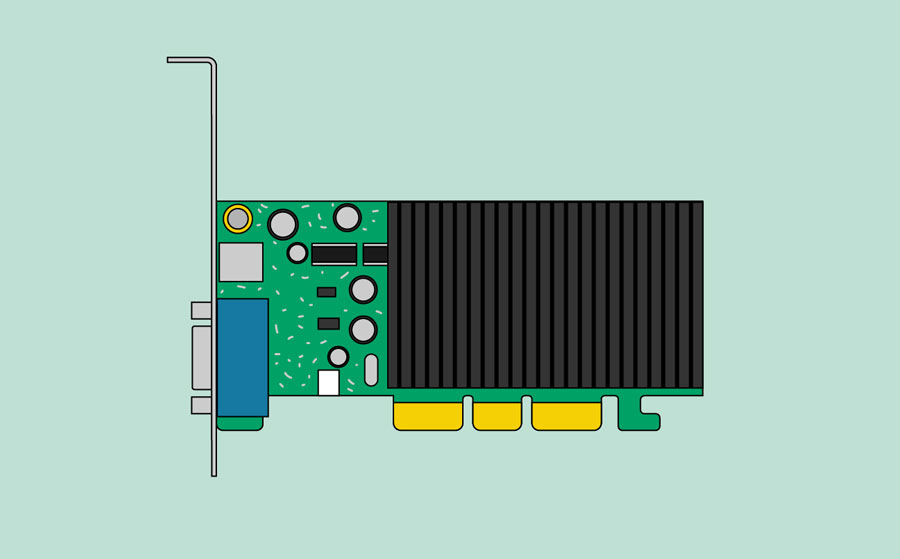1. Especially important for 3D rendering, the GPU does exactly what its name suggests and processes huge batches of graphic data. You will find that your computer’s graphics card has at least one GPU. As opposed to the basic on-board graphic capabilities that PC motherboards supply, dedicated graphics cards interface with the motherboard via an expansion slot to work almost exclusively on graphic rendering. This also means you can upgrade your graphics card if you want to get a bit more performance from your PC.
2. Not only this, but modern GPUs fulfil a broad computational workload beyond just rendering, making them an extension to the central processing unit.
3. Modern GPUs are very efficient at manipulating computer graphics and image processing. Their highly parallel structure makes them more efficient than general-purpose central processing units (CPUs) for algorithms that process large blocks of data in parallel. In a personal computer, a GPU can be present on a video card or embedded on the motherboard. In certain CPUs, they are embedded on the CPU die.
4. In the 1970s, the term "GPU" originally stood for graphics processor unit and described a programmable processing unit independently working from the CPU and responsible for graphics manipulation and output.[2][3] Later, in 1994, Sony used the term (now standing for graphics processing unit) in reference to the PlayStation console's Toshiba-designed Sony GPU in 1994.[4] The term was popularized by Nvidia in 1999, who marketed the GeForce 256 as "the world's first GPU".[5] It was presented as a "single-chip processor with integrated transform, lighting, triangle setup/clipping, and rendering engines".[6] Rival ATI Technologies coined the term "visual processing unit" or VPU with the release of the Radeon 9700 in 2002
